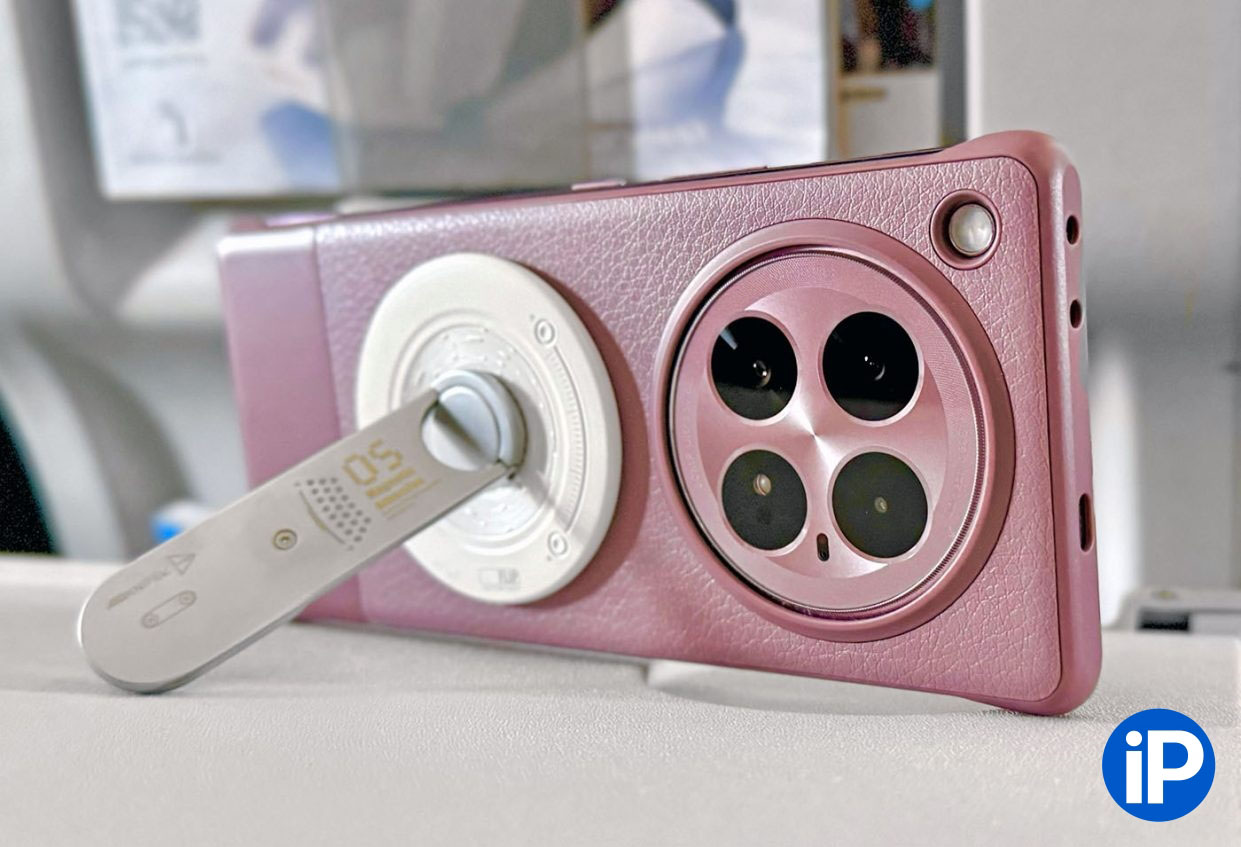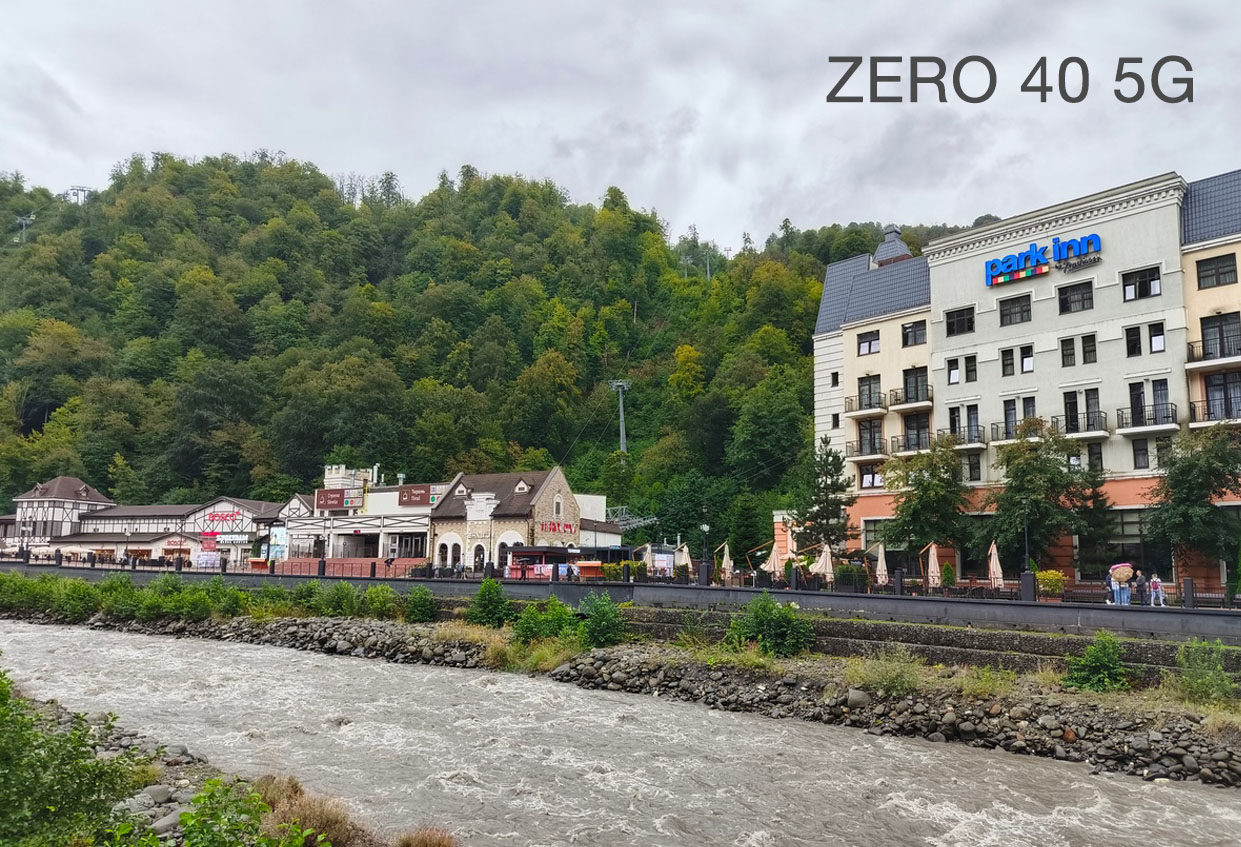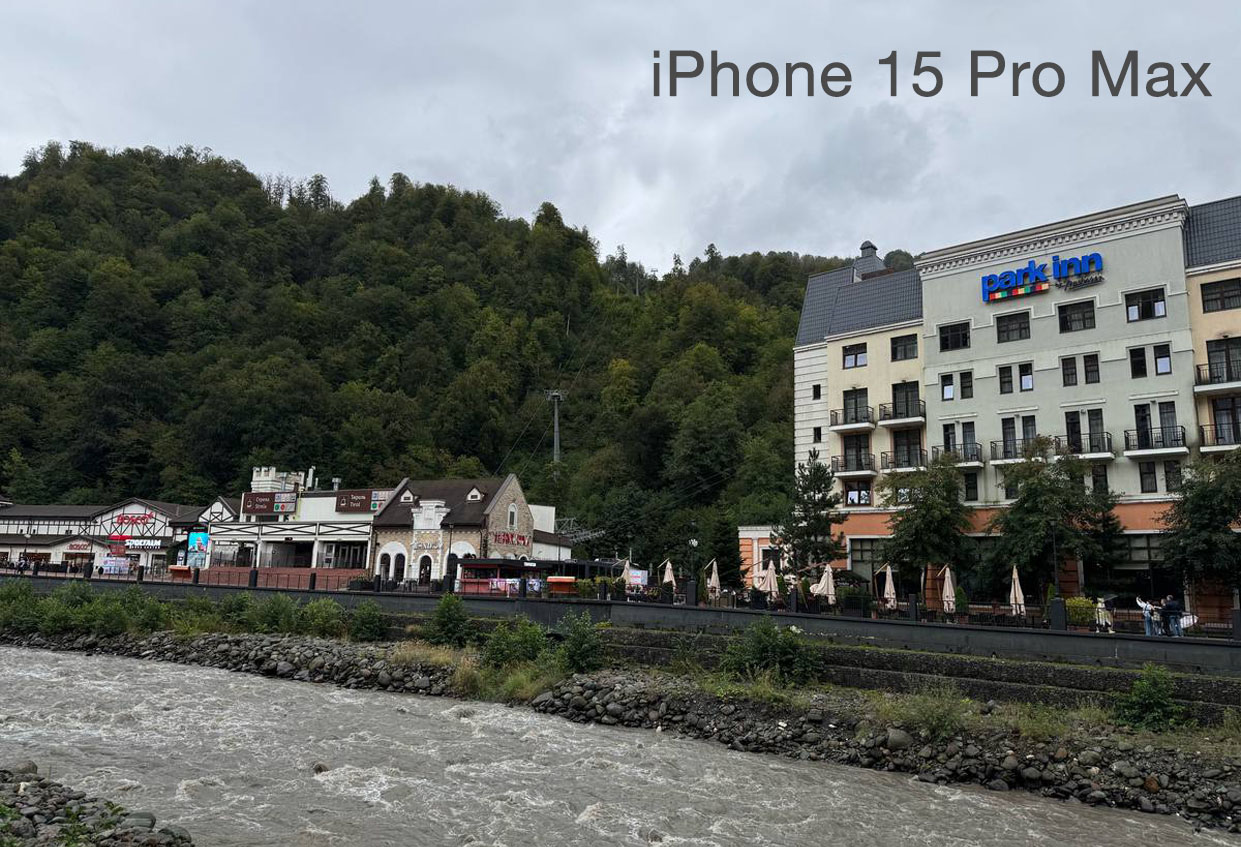We all got to the point a long time ago that only flagship models of smartphone photos can take really high-quality photos. From year to year the situation repeated itself, and people didn’t even pay attention to budget and mid-budget models if they needed detailed pictures.
The iPhone is certainly one of the leaders in the industry, but it is far from the first place in terms of photos. There are flagship Android devices that are ahead of it in detail.
What if I say that today the situation has changed? You can shamelessly take photographs on mid-budget smartphones. And the latest Infinix ZERO 40 5G was able to find this. Don’t believe me? And now I’ll prove to you that at such moments it even becomes somewhat offensive for Apple.
Briefly. What kind of Infinix ZERO 40 5G is this?
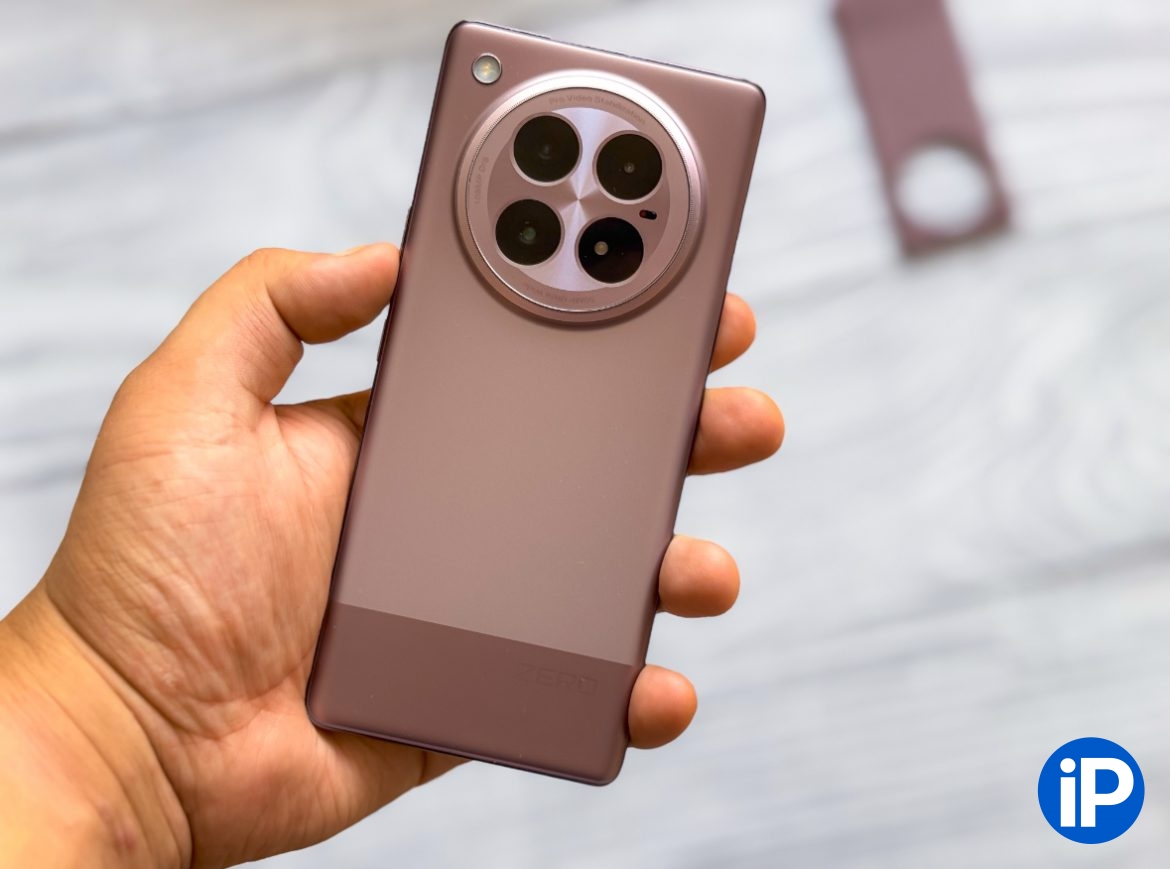
This is the most current smartphone from Infinix at the moment, released at the end of September.
It received an AMOLED “waterfall screen” with a diagonal of 6.78 inches, a resolution of 1080×2436 pixels and a peak brightness of 1300 nits. Update frequency reaches 144 Hz.
The display is protected by durable Gorilla Glass 5; it occupies 93.4% of the front panel.
Review of the latest Infinix ZERO 40 5G smartphone. I shot it in 4K, played it and everyone around wanted it 👍
4nm processor is responsible for performance MediaTek Dimensity 8200 Ultimate 5G. This is an overclocked version of the regular 8200, released in 2022. The external memory capacity was 12 GB, but if desired, it can be increased to 24 GB due to the memory capacity. The internal memory here is up to 512 GB.
The battery capacity is 5000 mAh, which has already become the standard for modern Android smartphones. Fast charging of 45 W is supported – from 0% to 50% in just 20-25 minutes. There’s also 10W reverse wired charging. Enough for 1.5-2 days of operation in moderate mode.
You can study the device in more detail in our review.
What cameras are included in the Infinix ZERO 40 5G
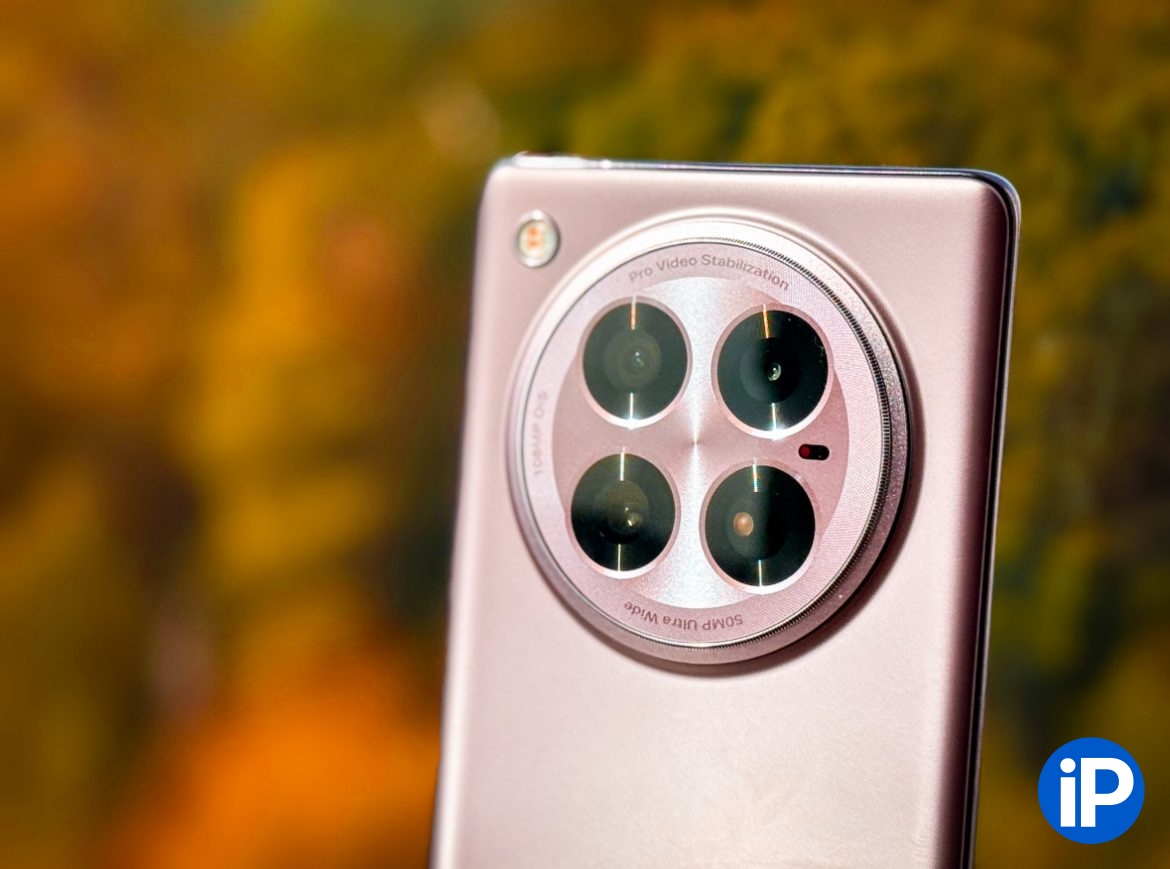
Now let’s figure out what modules are installed in this smartphone. They are the ones that will compete with the iPhone 15 Pro Max today.
The ZERO 40 5G has three sensors: a 108 MP main sensor with optical image stabilization, phase detection autofocus and no video recording in 4K 60 FPS (ISOCELL HM6.1/1.67″ SENSOR, f/1.75, 6P lens), a 50 MP ultra-wide-angle . with a viewing angle of 120 degrees, as well as a portrait 2 MP for taking photos with a bokeh effect.
There is also a 50 MP front camera with video recording in 4K resolution, 60 frames per second (ISOCELL JN1, 1/2.76-inch SENSOR, f/2.45, 5P lens). But we won’t talk about it, our comparison with the main cameras, with selfies, and so everything is clear.
Comparison with iPhone 15 Pro Max
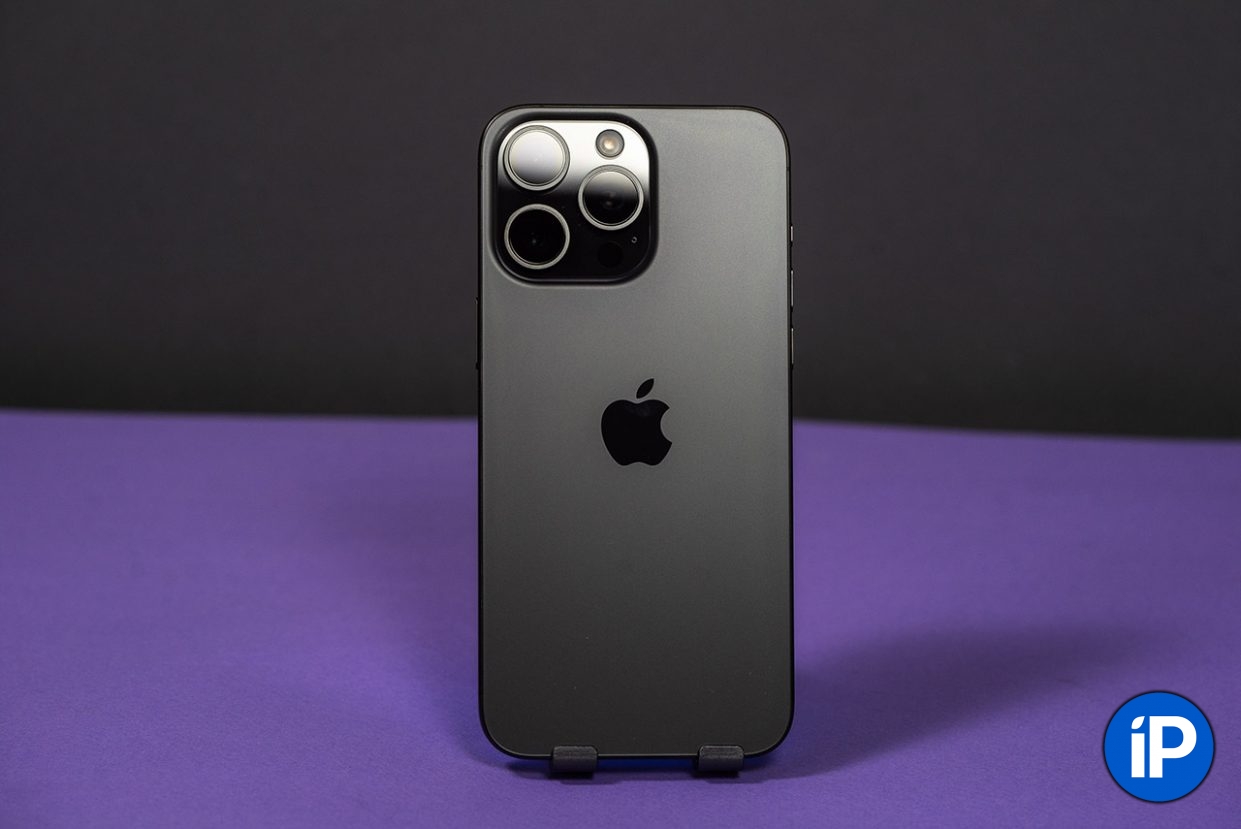
Let us immediately note that both devices have image stabilization. It works differently, but the effect is approximately the same.
Phase autofocus on smartphones works quickly and there is no unnecessary blurring.
Infinix uses a sensor Samsung ISOCELL HM6which does a good job of creating quality frames and supporting 3x zoom without losing quality. This was made possible by cropping the 108-megapixel image. That is, the camera takes a photo at 108 MP, and then crops it to add the detailed part.
For video shooting, the phone’s support supports 4K video recording at 60fps on both the main and front cameras. We have already mentioned video capabilities in a separate article.
You can use built-in cameras for this:
1. Shooting landscapes. 108 MP main module Allows you to capture the smallest details in nature photos, such as leaf textures or clouds against a sunset. Sunset photos, especially in HDR mode, turn out rich, with fairly accurate reproduction of light and shadows.
2. Night photography. There is support for night mode, but photos may be oversaturated with light and have an increased level of grain.
3. Recording vlogs. With downscaled 4K video shooting at 60fps and stabilization, you can easily capture fast-paced scenes like walking or cycling.
Let’s move on to a notable comparison.
Example 1 (compressed versions)
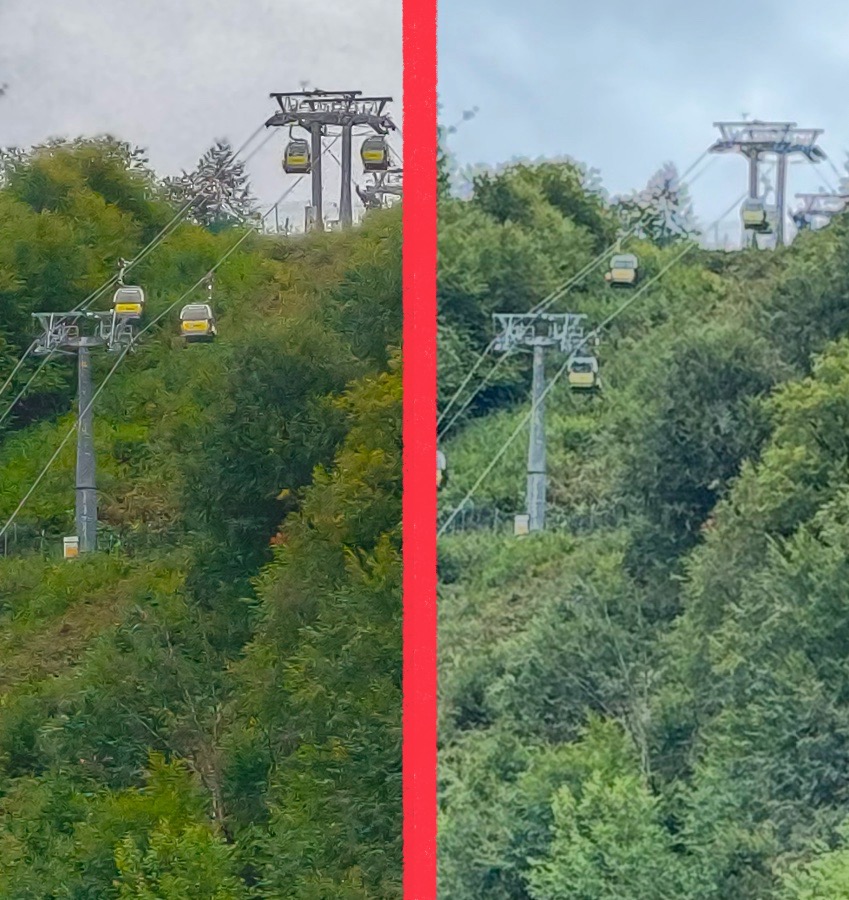
Left – Infinix ZERO 40 5G (original photo), right – iPhone 15 Pro Max (original photo)
The photo from Infinix turned out to be richer and more detailed. Just look at the trees, which the iPhone turned into an incredible mess, and the Chinese smartphone only smoothed it out a little, leaving clear textures and lines at its corners.
The booths also became blurred and lost some elements from the iPhone. For example, the inscriptions on them were simply erased, whereas in Infinix they at least had silhouettes.
Closer to the edge the situation only gets worse. While the Zero 40 5G adds contours to trees and lifts, the 15 Pro Max turns them into mush, which I just watch closely.
Example 2
Infinix ZERO 40 5G (compressed version)
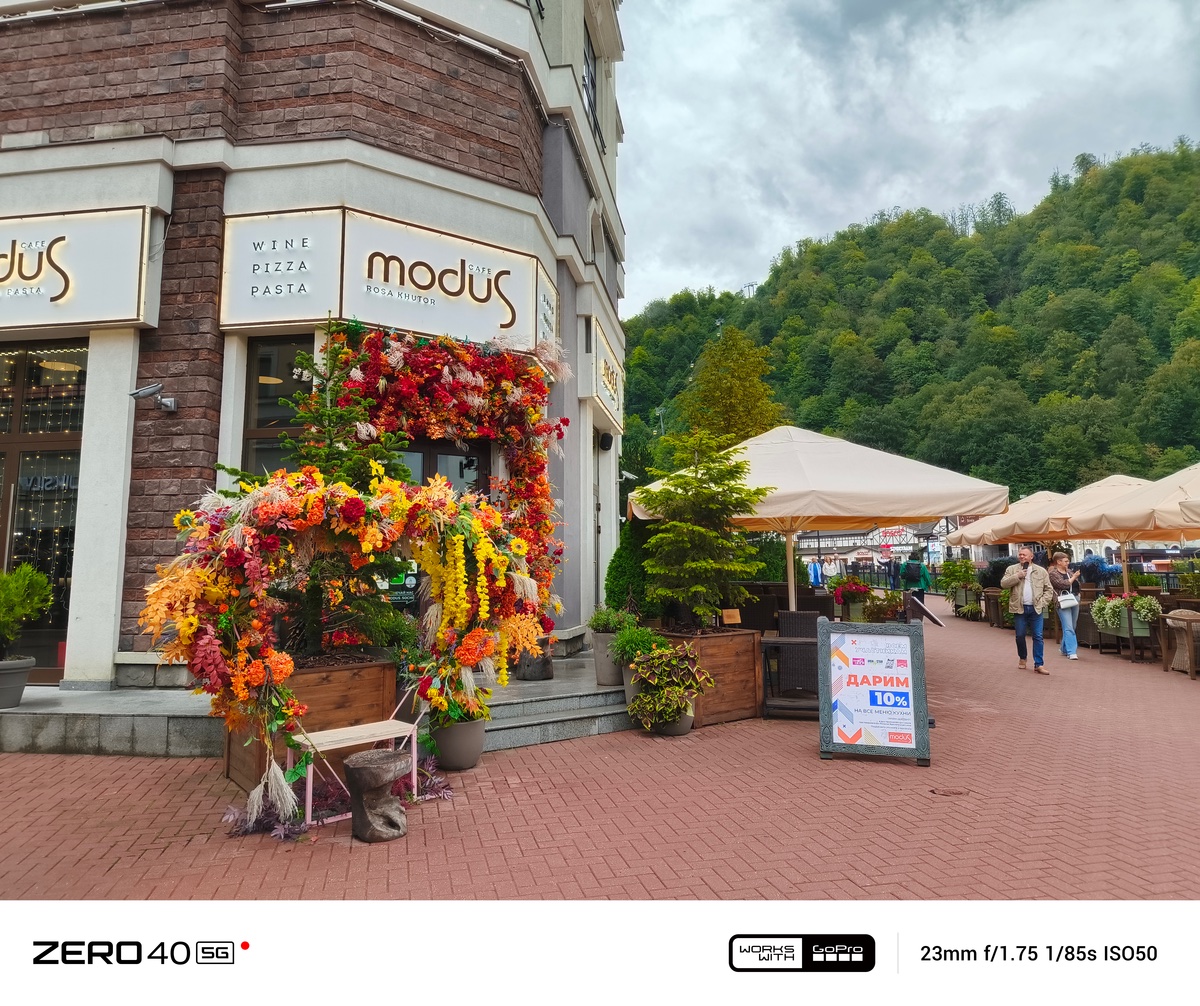
Download original photo
Example 2
iPhone 15 Pro Max (compressed version)

Download original photo
The photo from Infinix ZERO 40 5G turned out brighter and more natural. The iPhone 15 Pro Max went too deep into the shadows and made the overall image less saturated.
Once again, it all comes down to the details. For the most part, both smartphones have parity, but the texture of the Infinix’s colored entrance design looks a little sharper. And on an advertising banner, the outlines of the logos are more readable, although not very readable.
Example 3
Infinix ZERO 40 5G (compressed version)
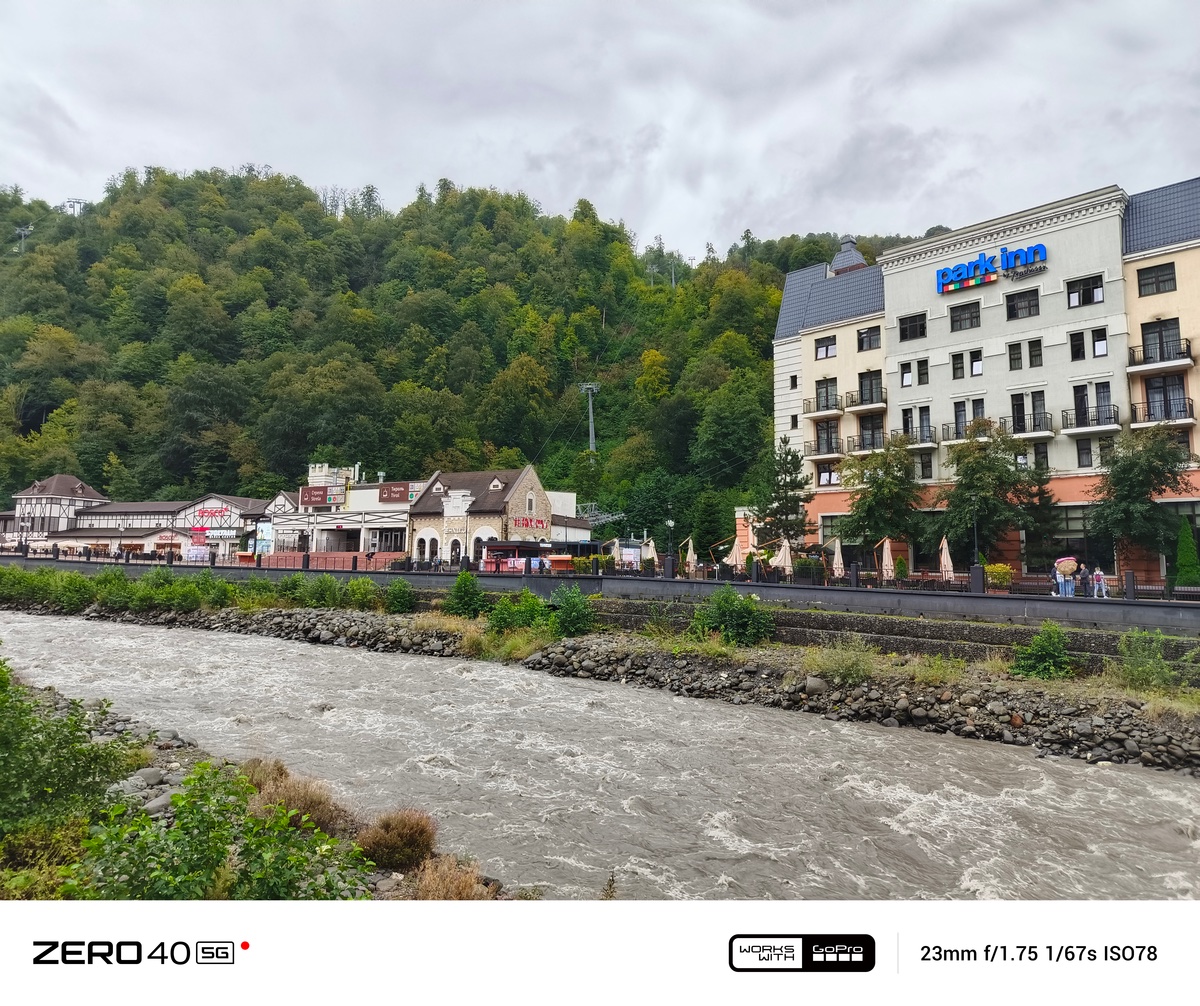
Download original photo
Example 3
iPhone 15 Pro Max (compressed version)
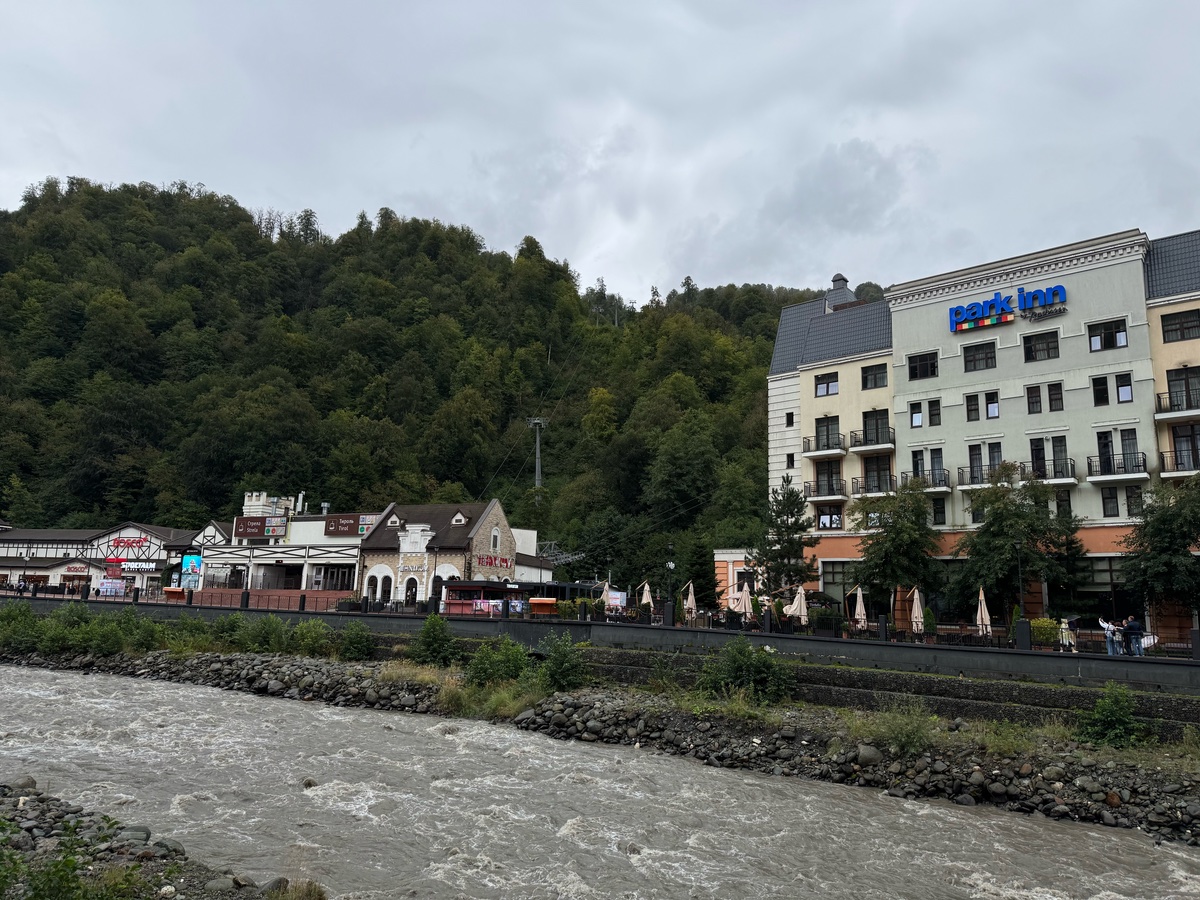
Download original photo
Here everything comes down mostly to taste. Personally, I like the way the Infinix smartphone has captured the sky, paying attention to the volume of the clouds.
When zoomed in, it again became clear that the textures of the vegetation of the Chinese brand are sharper, while all the outlines are at the same time. Whereas the iPhone blurs them more.
Otherwise, there is almost parity.
Example 4 (compressed versions)
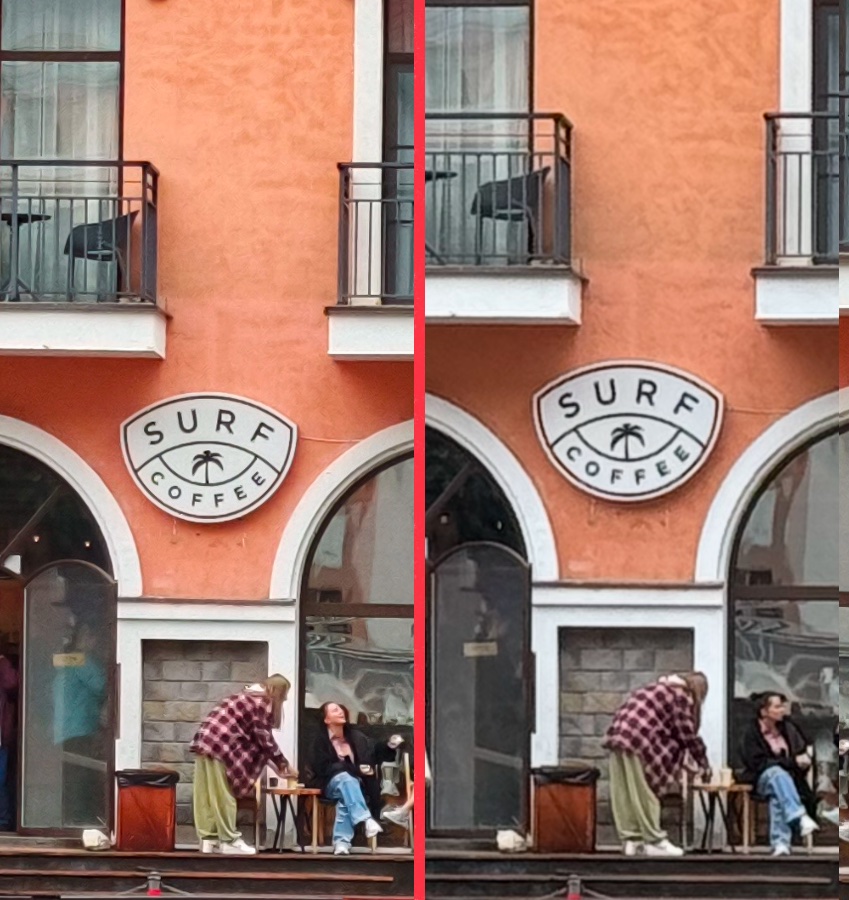
Left – Infinix ZERO 40 5G (original photo), right – iPhone 15 Pro Max (original photo)
These zooms are taken from the photos below:
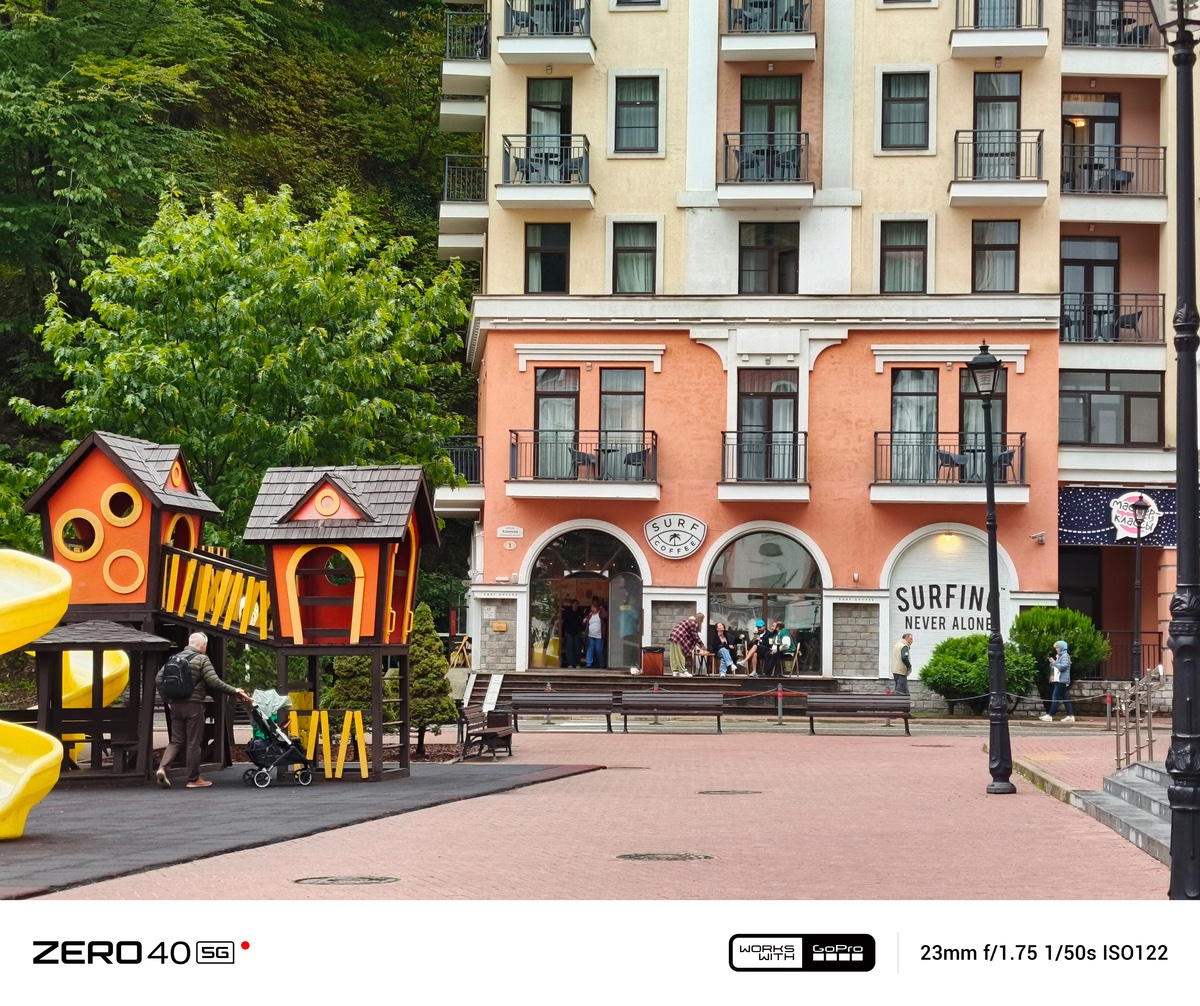

Overall, both photographs are highly detailed. However, in the case of Infinix, some details are even better, for example, the inscription about the cafe is more pronounced and clear.
In terms of color rendition, I would also choose what I shot with ZERO 40 5G. The general mood is more cheerful, or something. At the same time, the iPhone made the colors more faded. I didn’t touch the exposure anywhere, I shot in automatic mode without any processing to get the most neutral result.
Then it’s a matter of taste. In general, approximately the same frames, which cost 130 thousand on a smartphone. rubles, which on a smartphone costs 40 thousand rubles.
Also check out what’s on the powerful Infinix ZERO 40 5G camera. This is an amazing result:
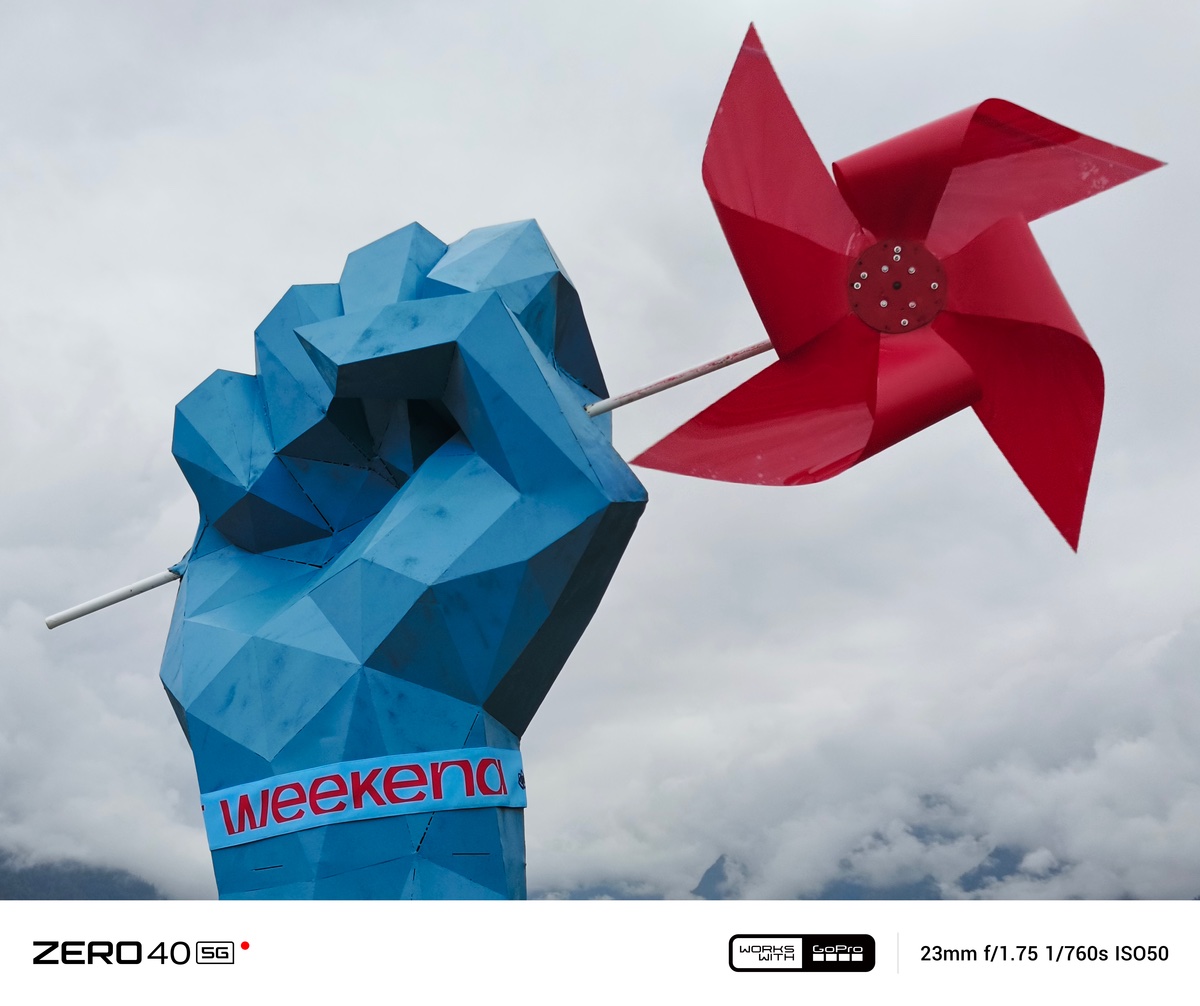
He did a very good job

Detail in height, thanks to 108 MP
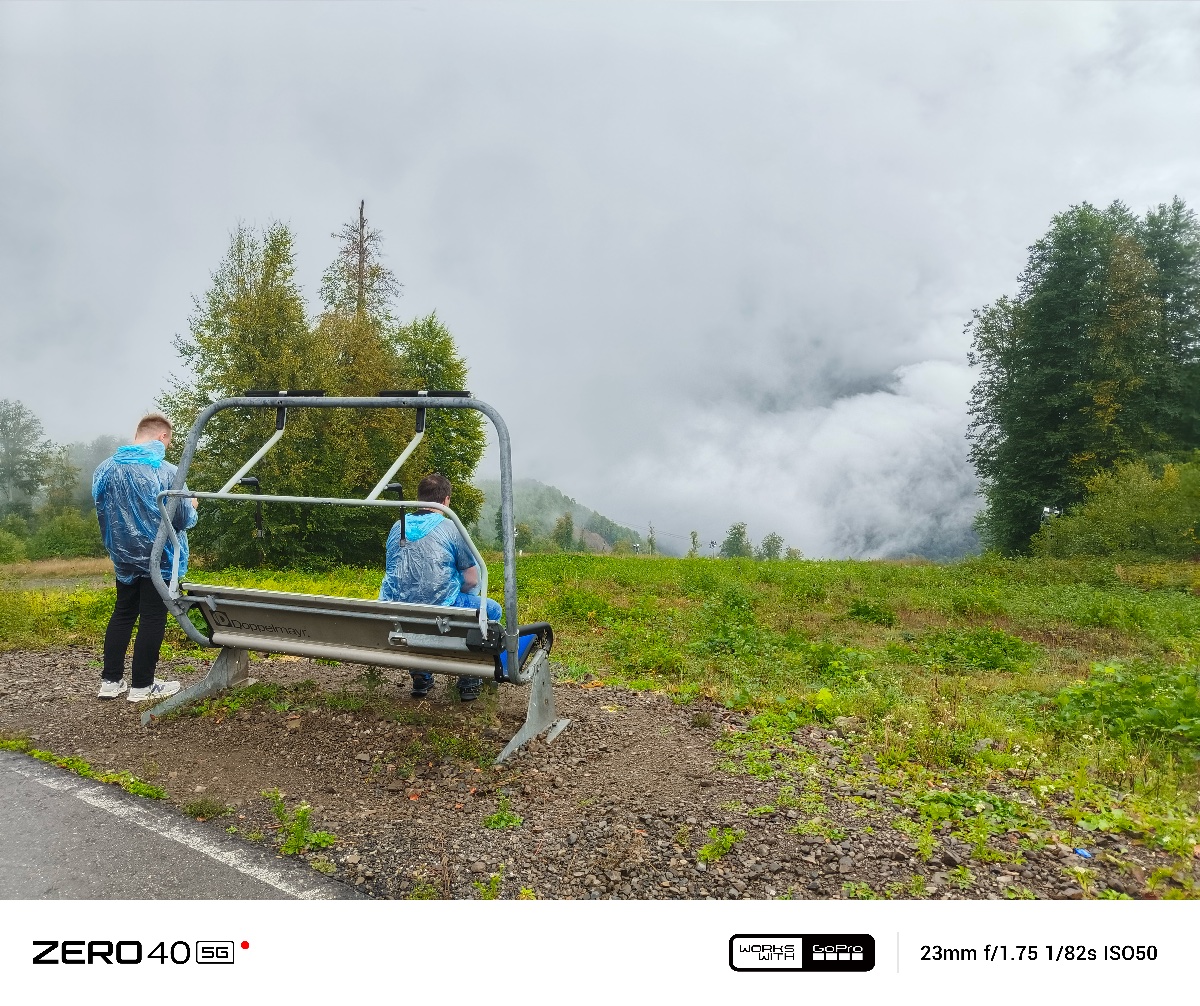
Extremely atmospheric photo: see how the clouds envelop the mountain
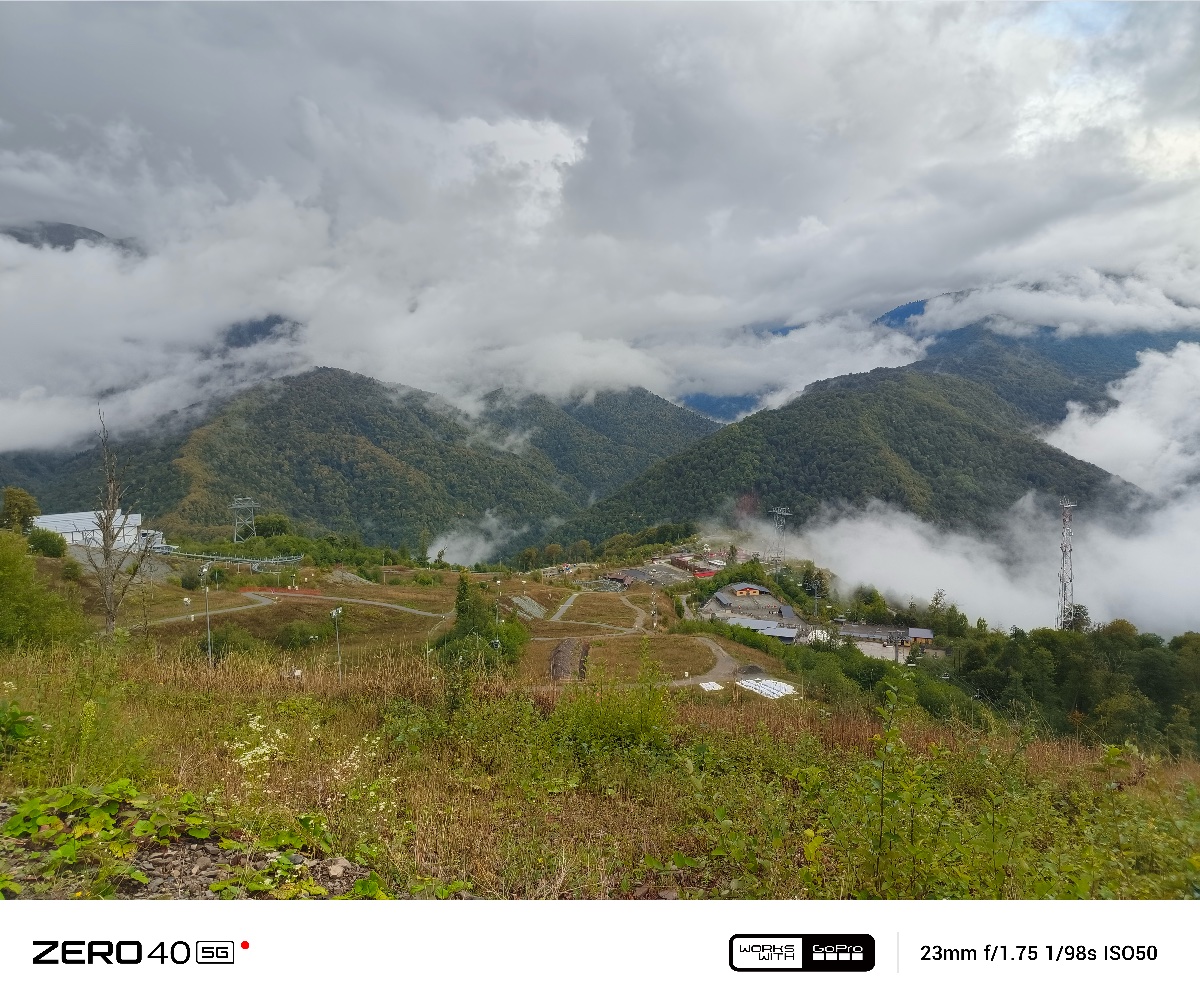
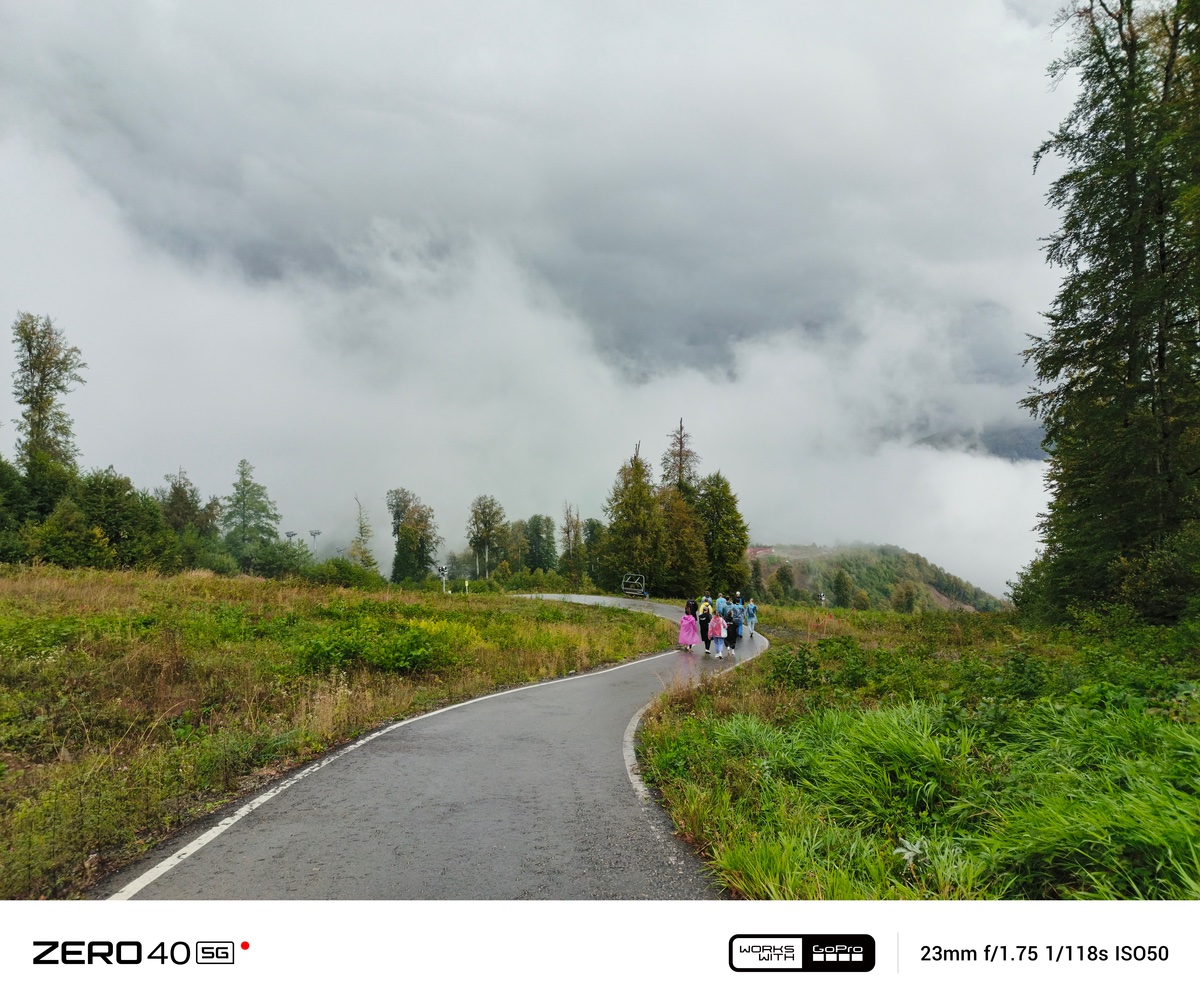
All the smallest details are visible
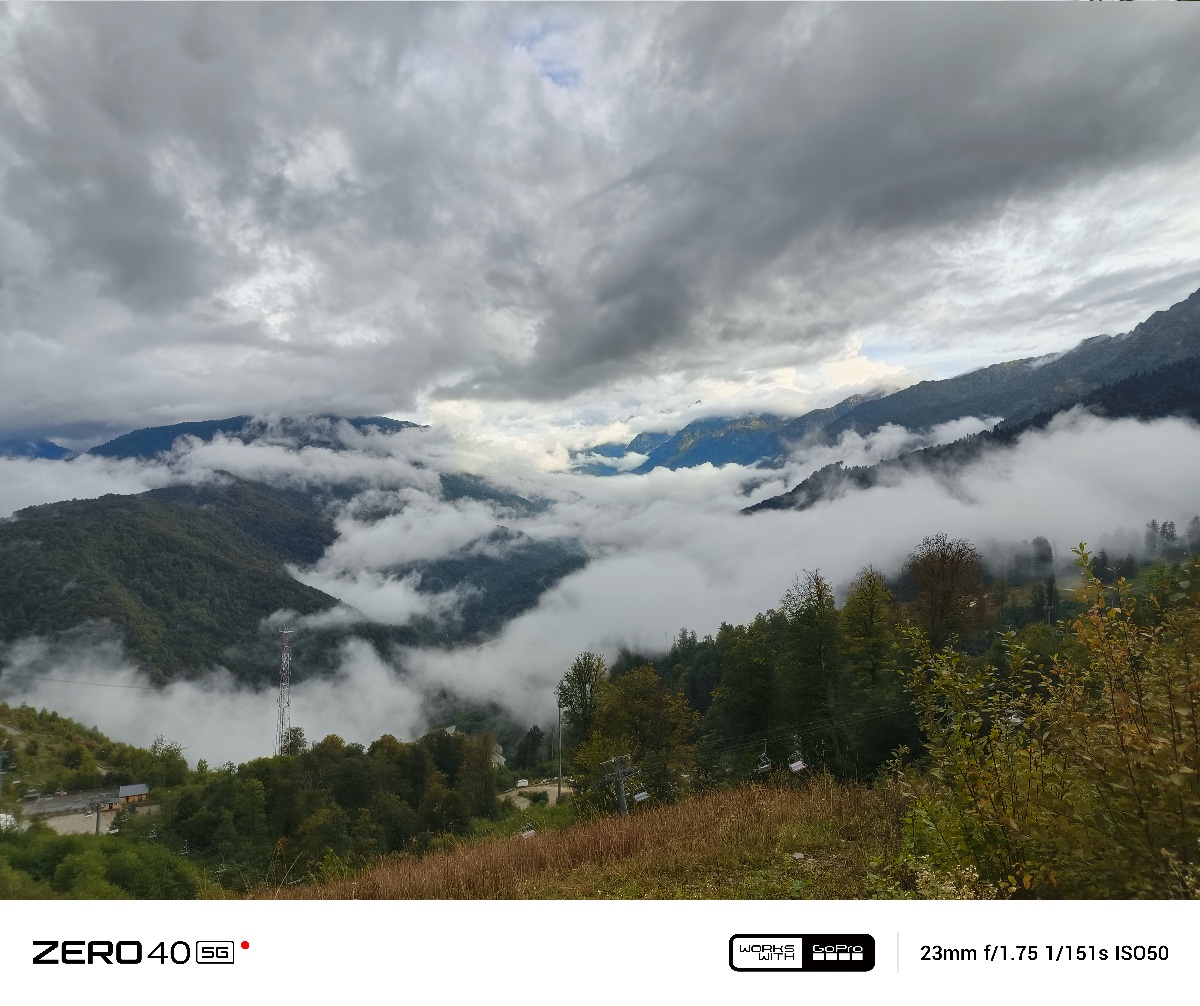
Shooting landscapes with this smartphone is a real pleasure
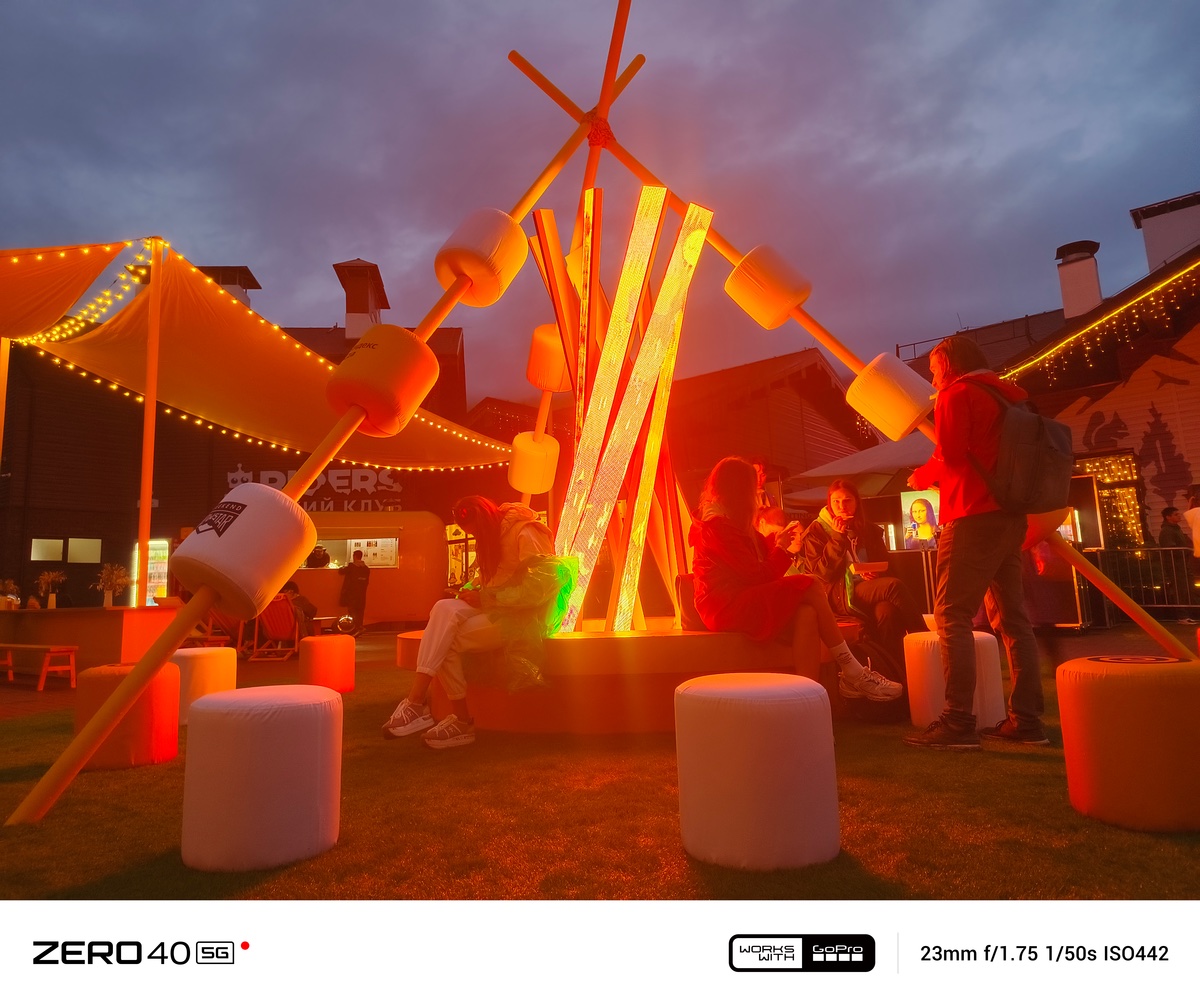
Infinix also copes well with low light, even noise is almost invisible
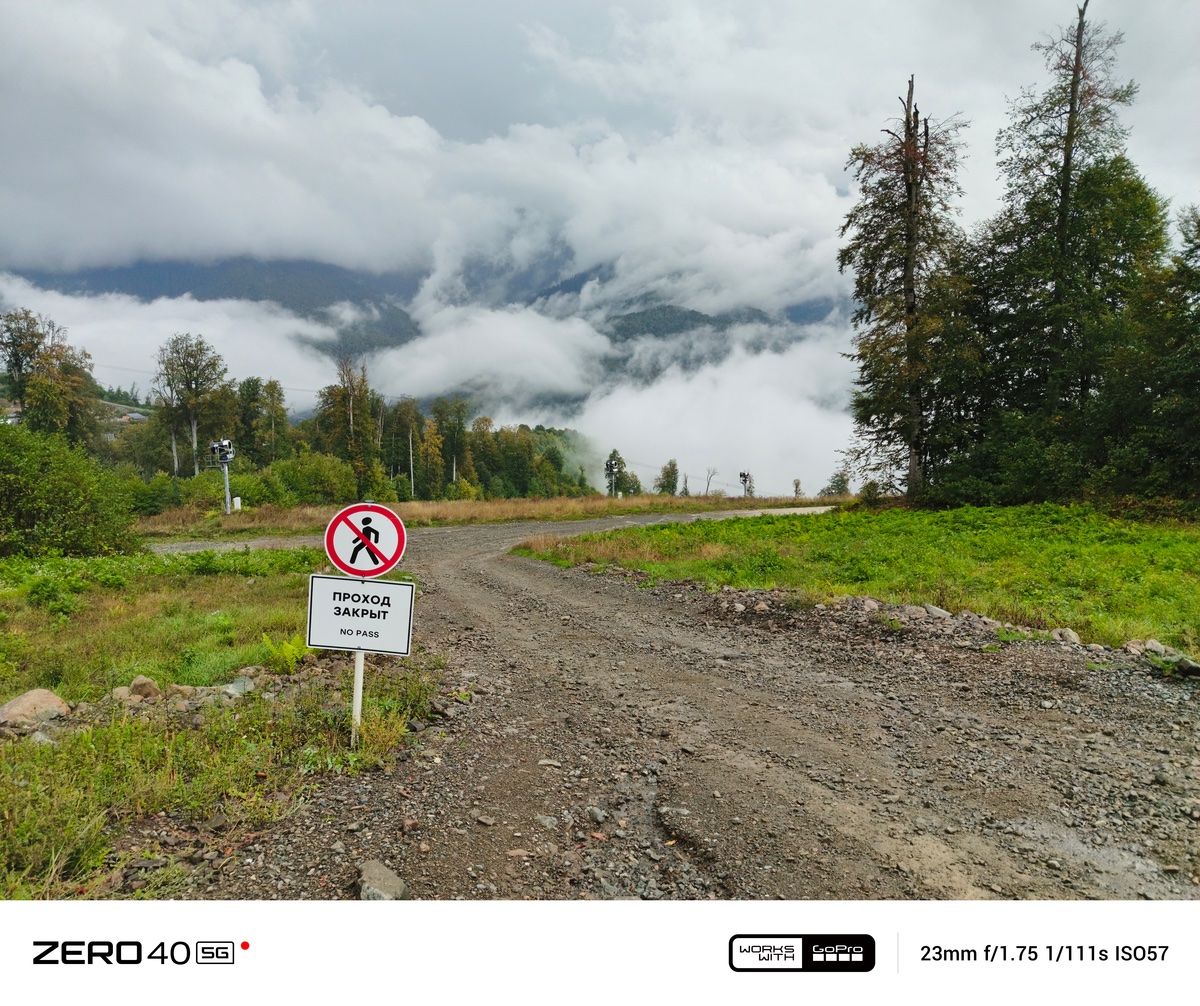
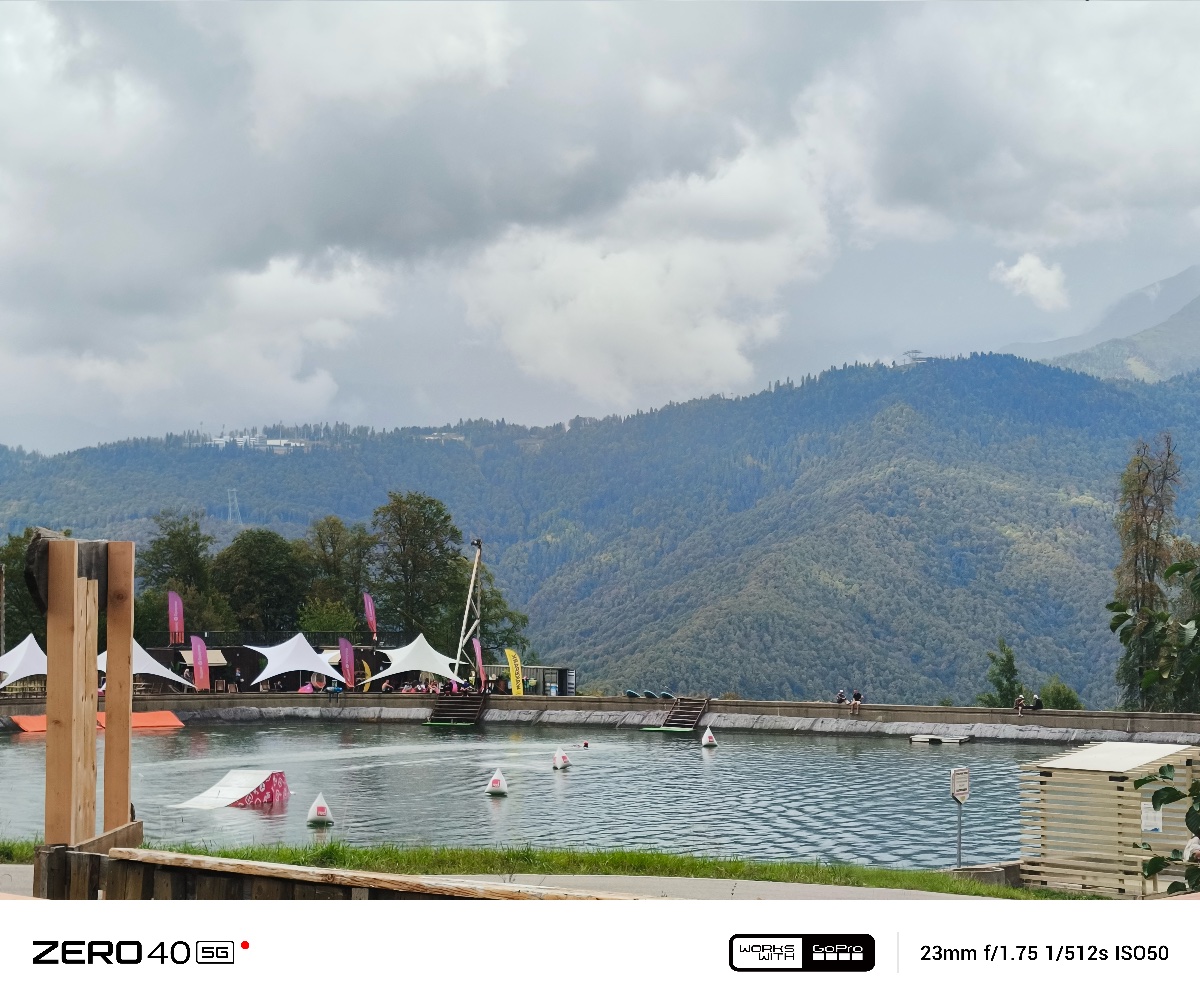
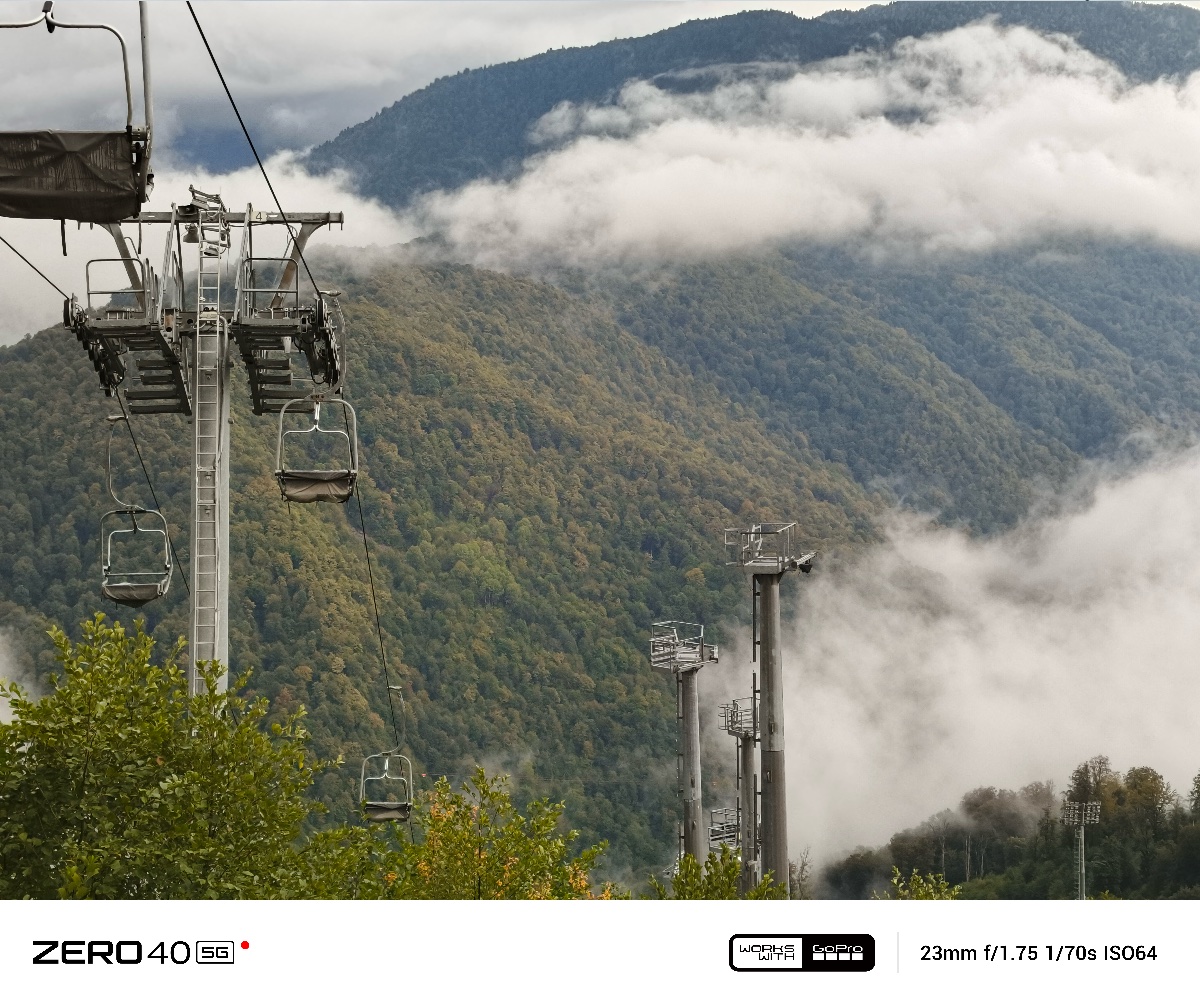
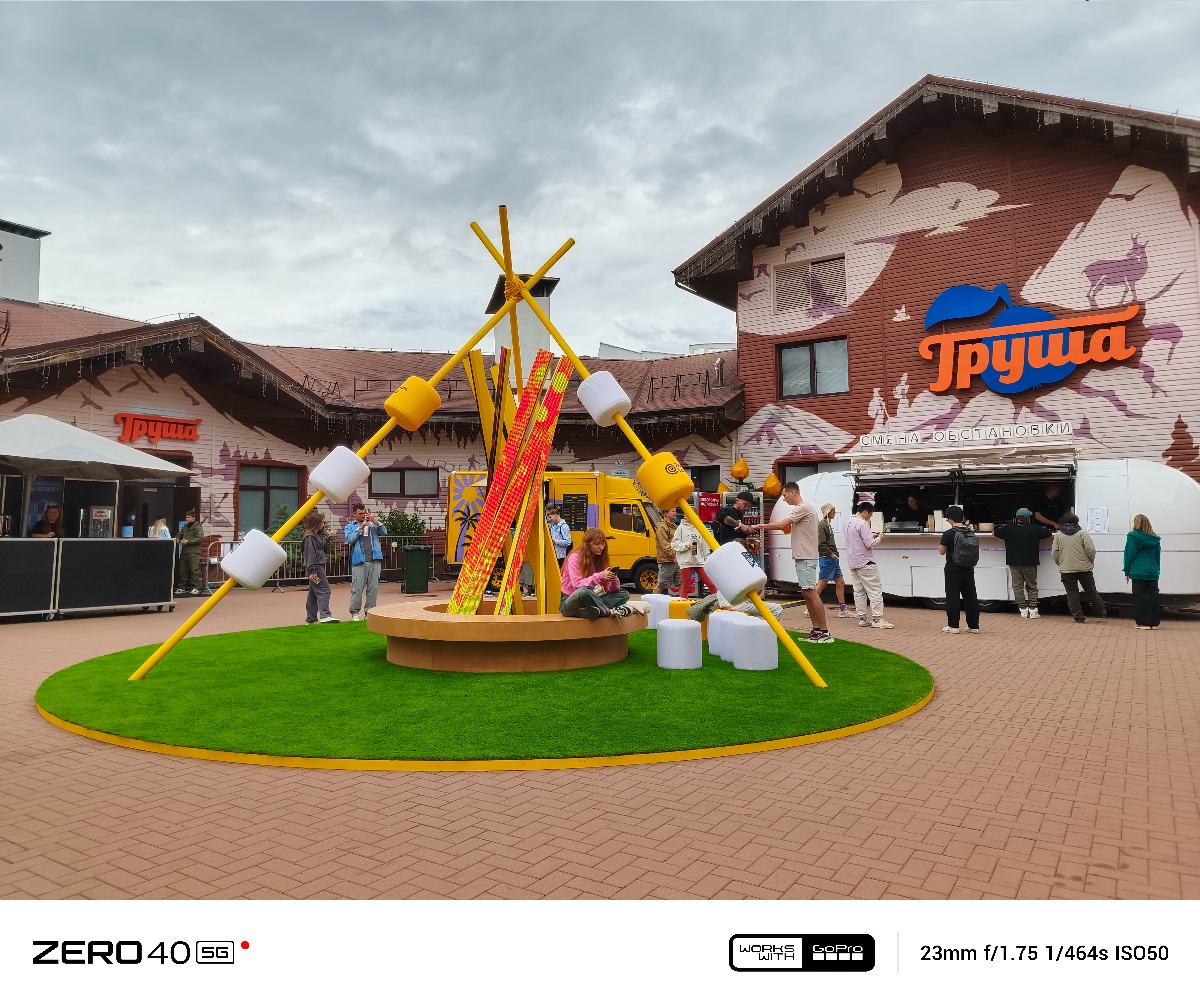
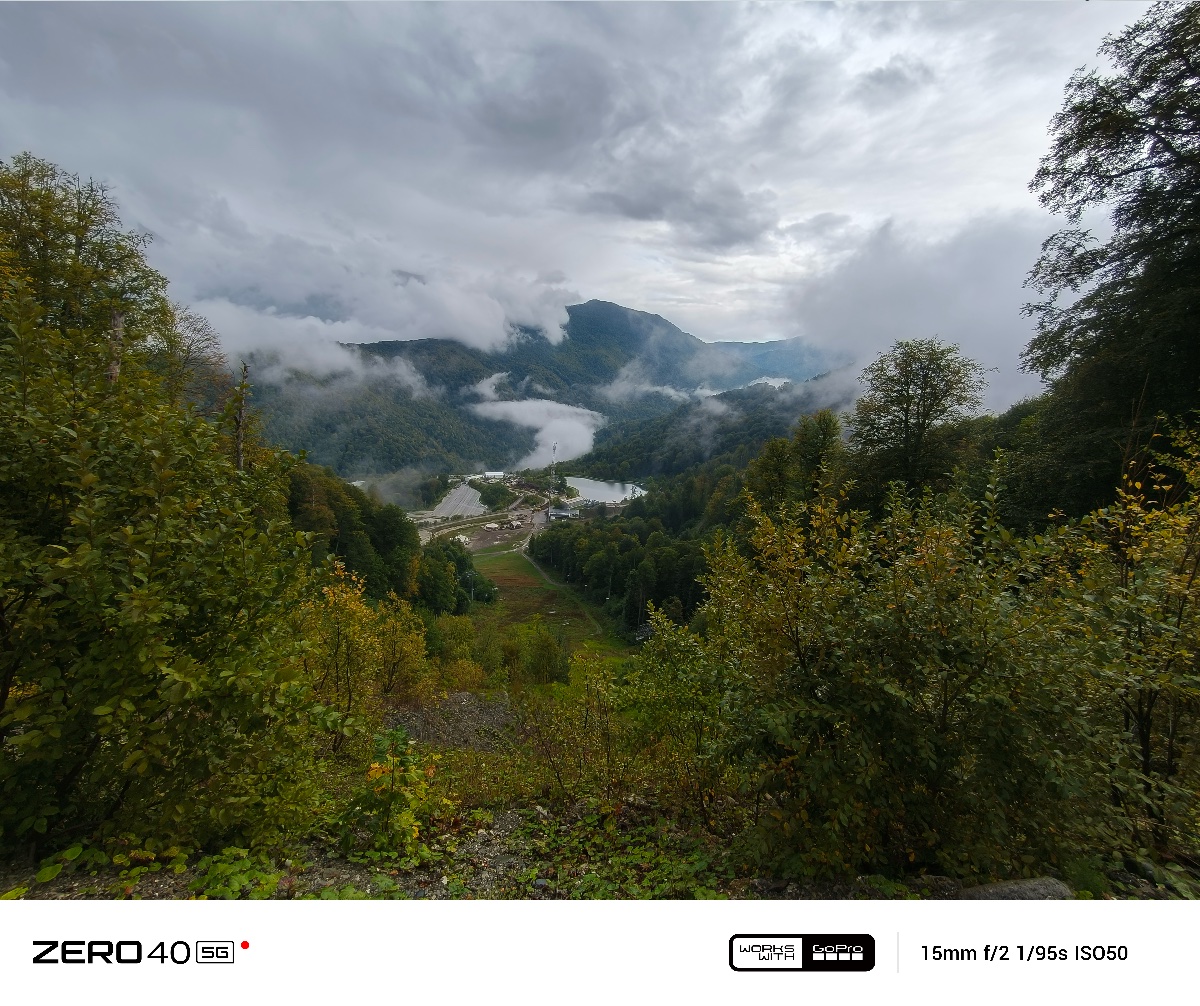
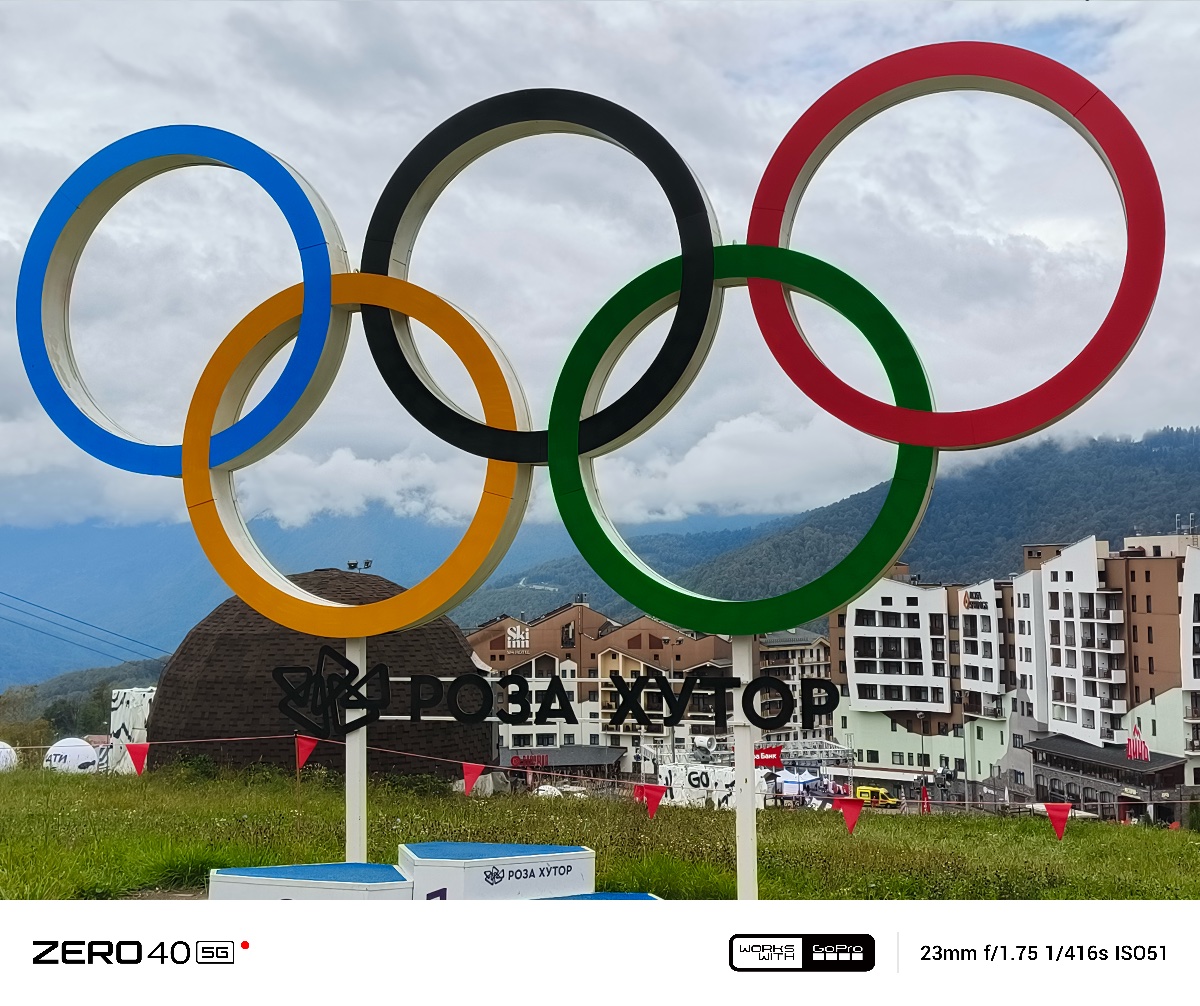
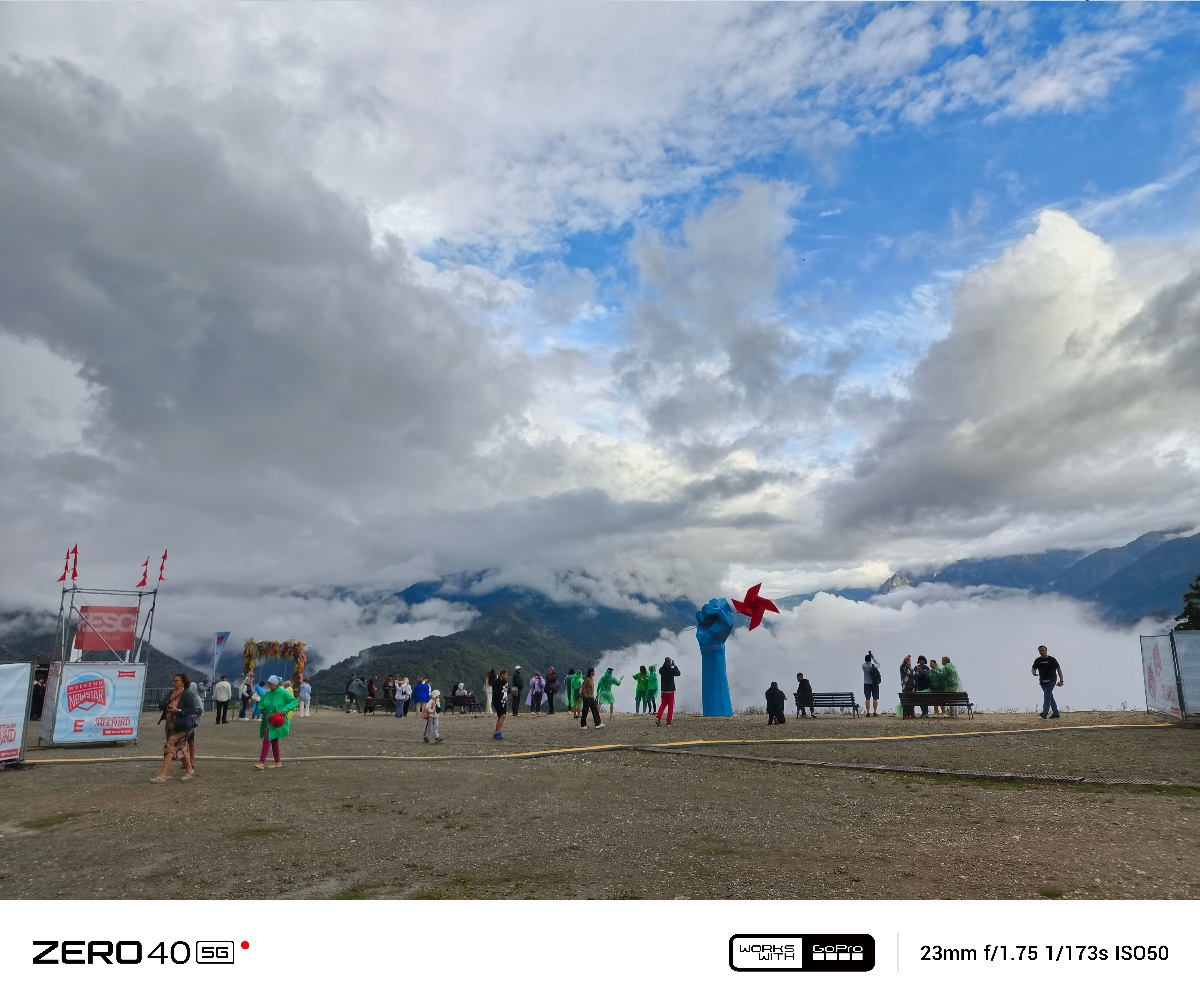

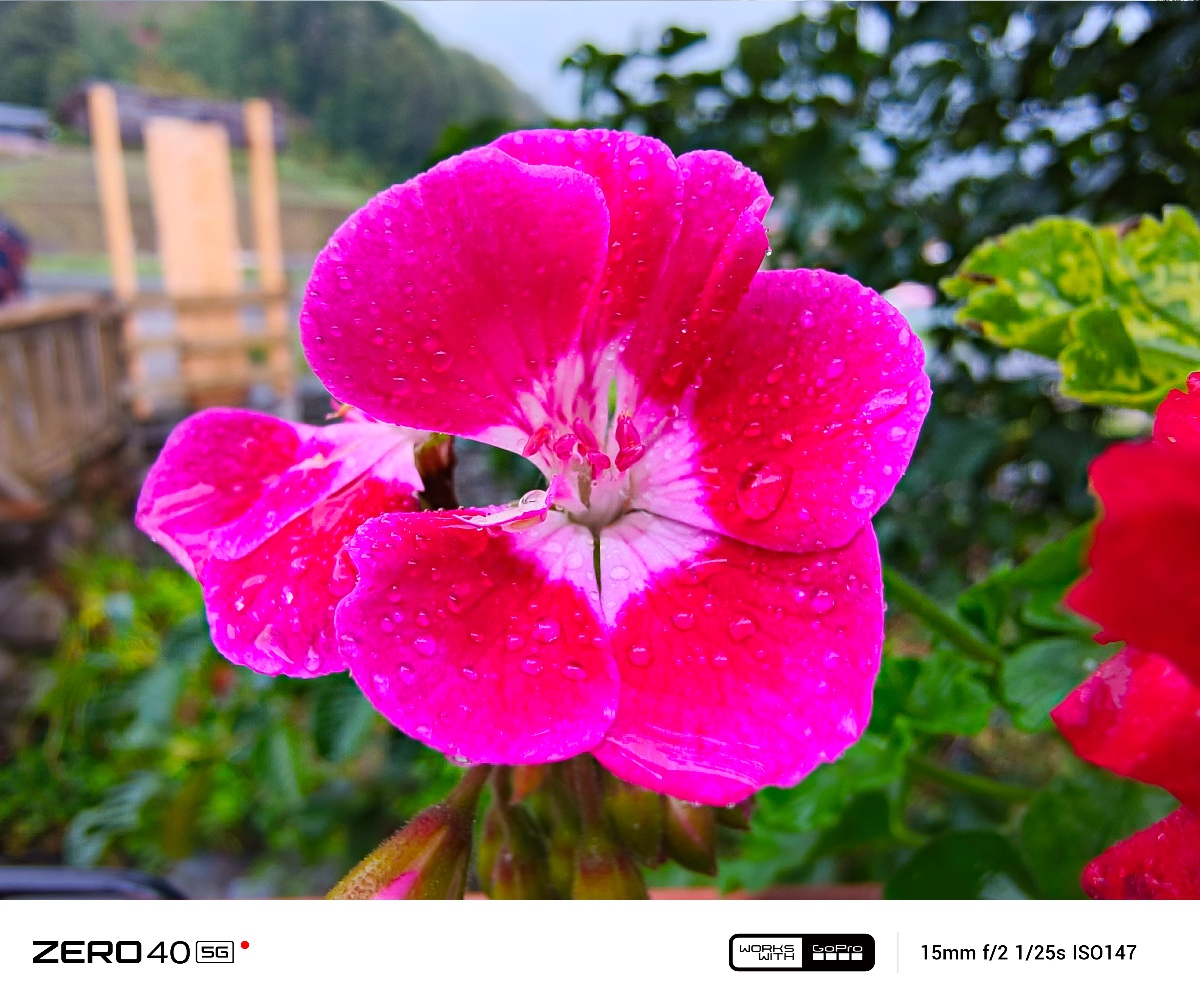
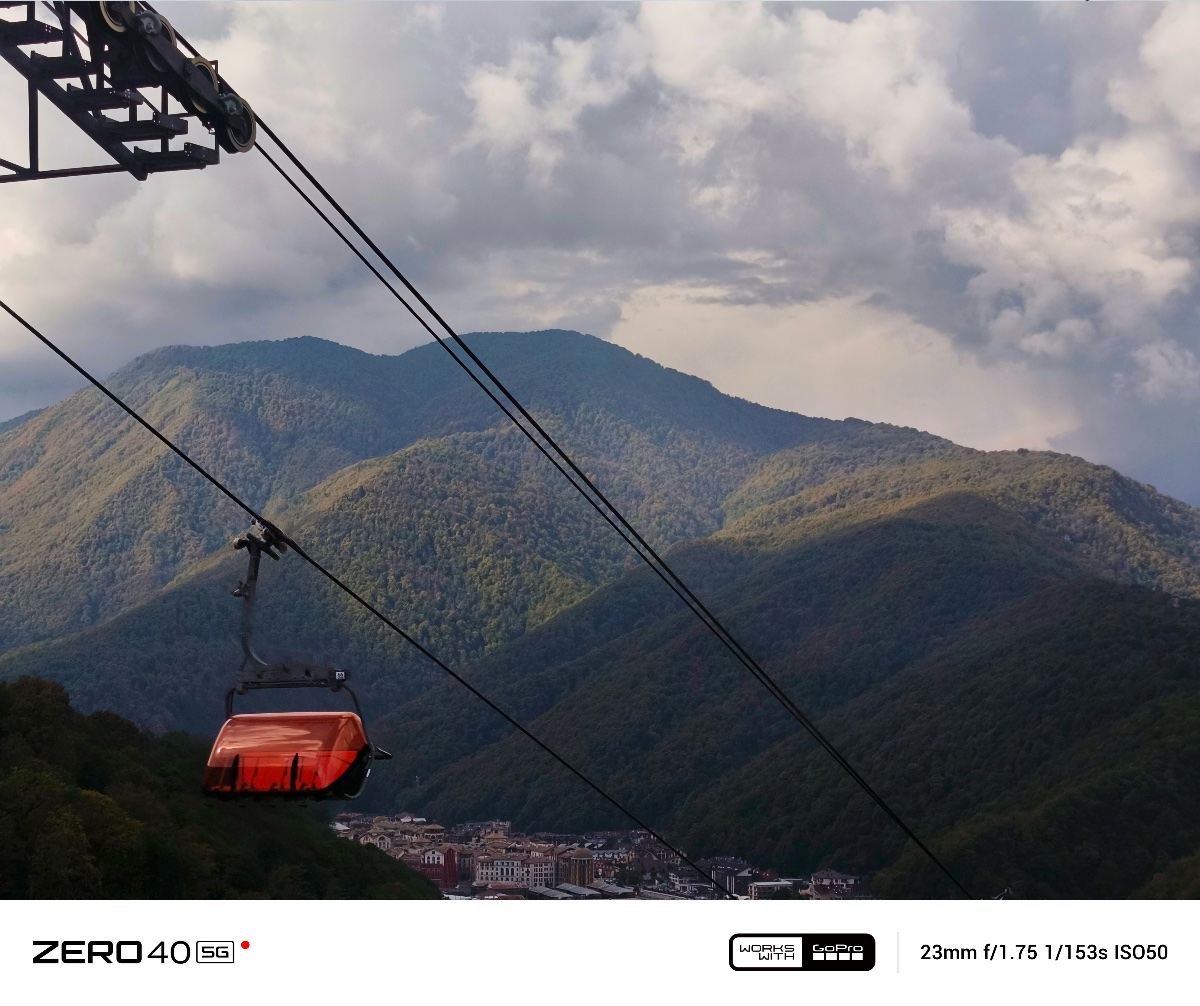
As a result, you no longer need an expensive smartphone?
If you are looking for a smartphone with a good outlet, then you no longer have to buy the device for exorbitant amounts of money. As practice has shown, gadgets that are 2 or even 3 times worse can handle this device well.
Infinix ZERO 40 5G for 39,990 rubles It showed perfectly that you don’t have to chase the flagships. It has decent hardware, a juicy 144 Hz AMOLED screen, a good camera and a powerful battery.
I am glad that the Android world continues to progress and improve every new day. And at the same time it costs significantly less than the new iPhone. Worth thinking about, Apple.
Source: Iphones RU
I am a professional journalist and content creator with extensive experience writing for news websites. I currently work as an author at Gadget Onus, where I specialize in covering hot news topics. My written pieces have been published on some of the biggest media outlets around the world, including The Guardian and BBC News.






